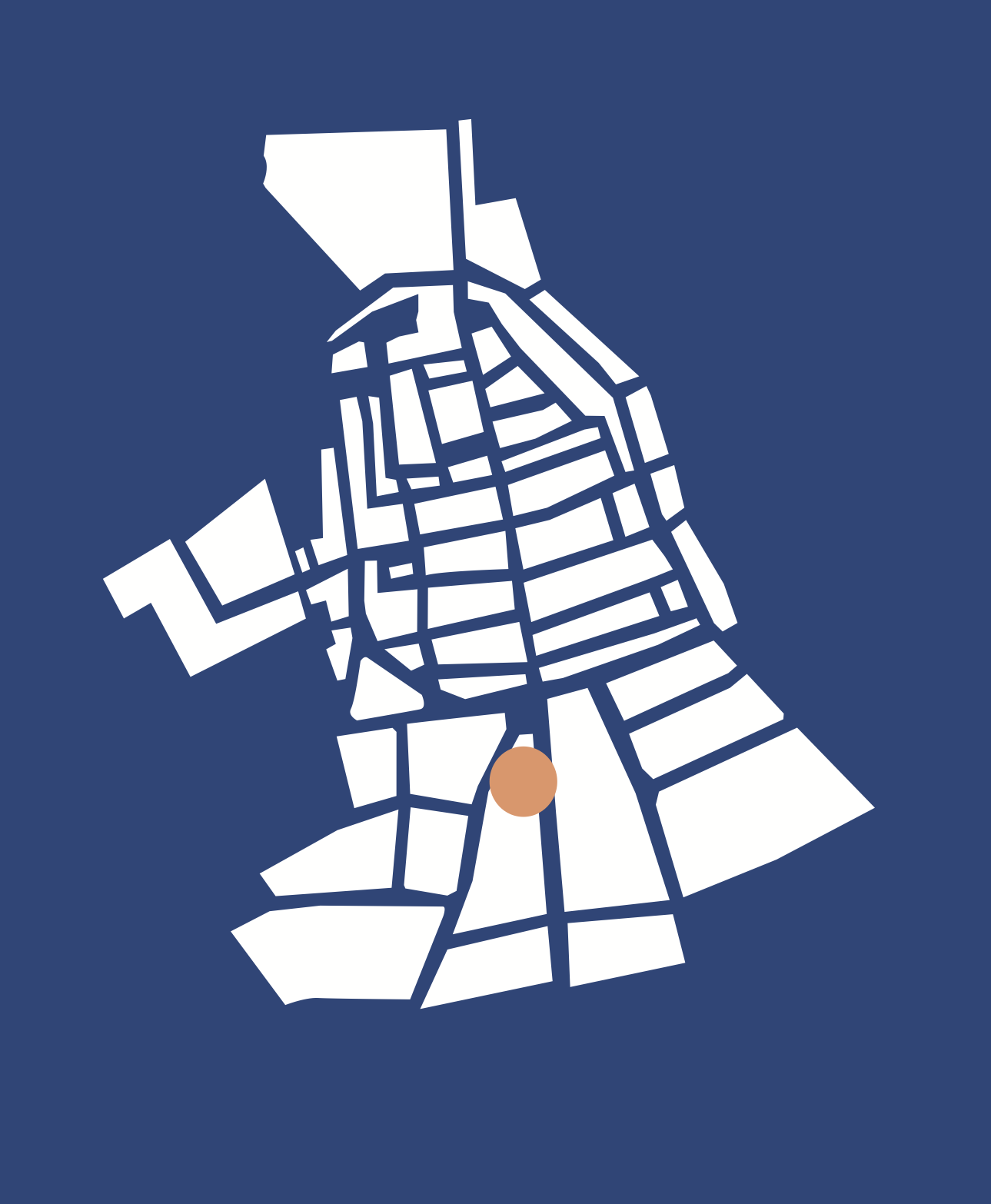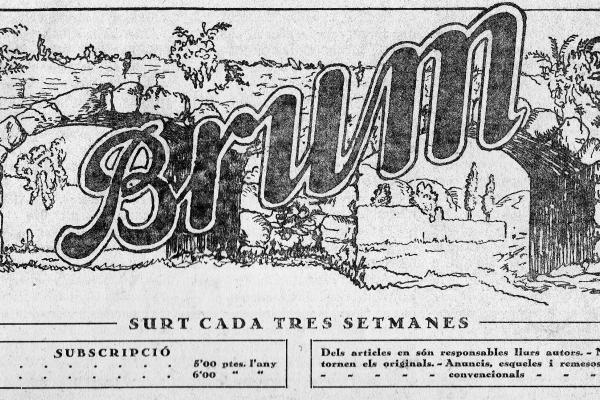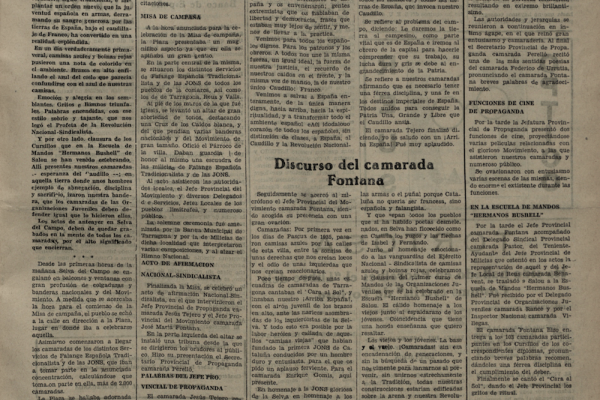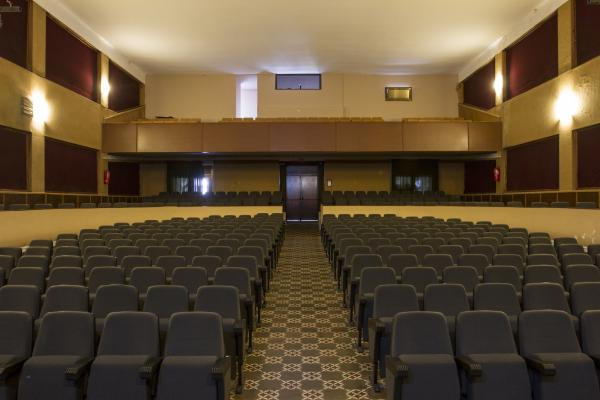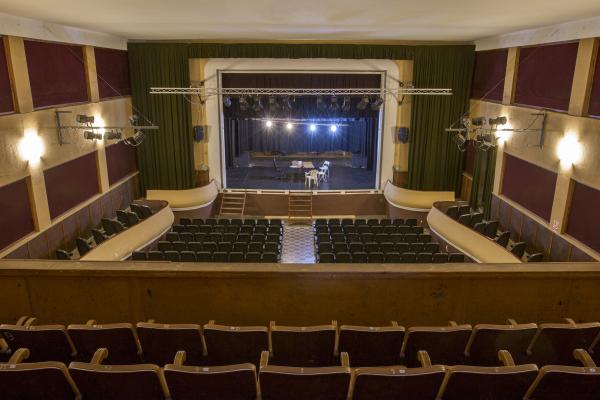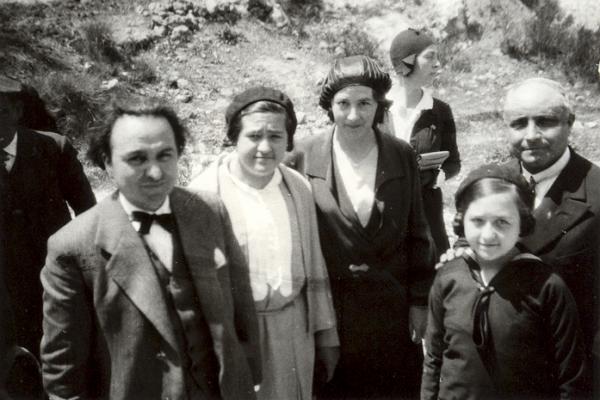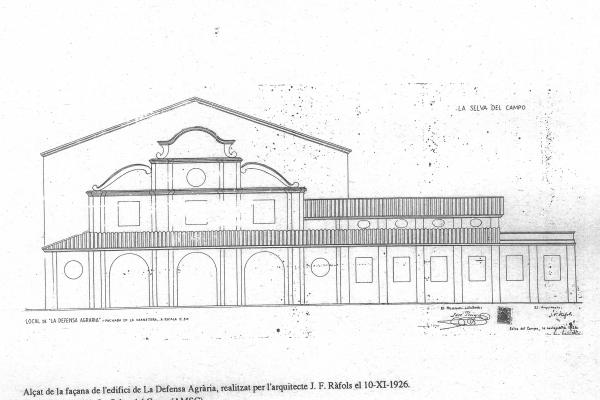The Defensa Agrària (Agrarian Defence) emerged in 1925 as an opposition to the local power. The movement, a merging of republicanism and Catalan nationalism, lasted until the start of Franco’s dictatorship. The building was confiscated after the war, in 1939, and lay abandoned until in 1952, the parish founded the Casal Selvatà (La Selva Activity Club) there. In 1978, the Agrarian Defence’s former members reformed the organisation and shared the space with the members of the Casal.
Keywords: association networks, 20th century.
From breakaway to consolidation (1925–1939)
In 1925, the Agrarian Defence was formed as a breakaway by some members of the Ateneu. At its core were the main groups in opposition to the local elite who governed the town during the dictatorship of Primo de Rivera (1923–1930). As a result, the Agrarian Defence became a space from which to promote Catalan identity and republicanism, two complementary ideas that were repressed under the dictatorship.
“The political embryo of a future leading constitution”
With the declaration of the Second Republic (1931), the Agrarian Defence played a leading role in the town’s life. The local independent weekly El Brum had its offices there and, later, the local group of Esquerra Republicana (Republic Left of Catalonia) was based there, as was the union of landless peasantry, Acció Obrers del Camp. During the Spanish Civil War (1936–1939), the Agrarian Defence became the sole remaining leisure organisation, after confiscation of the Ateneu by the local Antifascist Committee.
Takeover of the building and organisation of the Casal Selvatà (1939–1978)
After Franco’s victory, the new regime confiscated the Agrarian Defence building. The building was left abandoned until, in 1952, the parish decided to purchase it to open a school. This new entity, called Casal Selvatà, went beyond this, promoting Catalan culture in everything from theatre to the sardana (a typical Catalan dance), above all in the Aplecs de Paretdelgada (Paretdelgada dance and cultural meetings, 1959–1965).
The New Agrarian Defence
In 1977, with the triumph of democratic freedoms, former members of the Agrarian Defence wished to recover the building. After some discussions, the parties reached agreement that both organisations would share use of the building. In 1978, a new Agrarian Defence was formed, which promoted theatre and the sardana from a viewpoint of Catalan culture, but also defended rural workers and republican values within the Catalan political sphere.
